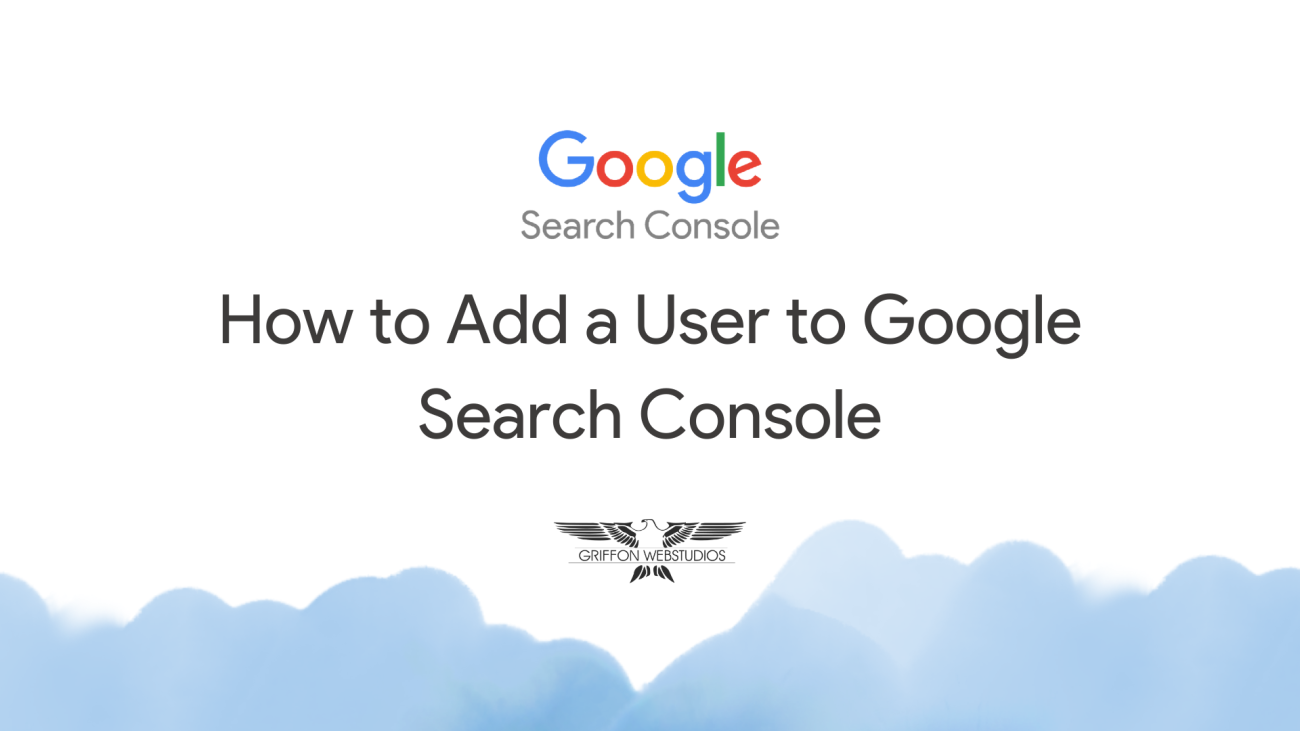The practice of obtaining backlinks remains fundamental for implementing effective SEO strategies. Search engines use backlinks to determine both the authority and relevance of your website while the links also drive website traffic and increase brand visibility. All backlinks have varying levels of worth. Building a strong backlink profile requires strategic planning that includes analyzing competitors’ links and selecting proper websites and regular backlink monitoring.
This article will explain step-by-step procedures for acquiring strong backlinks through the following methods:
- Identifying domain connections that link to your competition instead of your website
- Pinpointing high-authority websites for outreach
- Track the number of new backlinks and lost backlinks of competitors
- Tools will help discover backlink opportunities along with progress tracking
1. Identify Domains That Link to Your Competitors But Do Not Link to You
The first intelligent beginning for backlink marketing is through competitor research. Your competitors receive links from other websites because you should deliver equivalent or superior value.
How to Do It? Use tools like:
The Link Intersect tool within Ahrefs accepts your domain together with your competitor domains. Ahrefs will show you which websites link to your competitors but refrain from linking to your site.
The SEMrush Backlink Gap Tool provides an interface that displays the parallel analysis of backlink profiles while showcasing unclaimed opportunities.
Example:
Operating a SaaS project management tool requires your attention to notice how TechCrunch and G2 link to your competitor, yet avoid linking to you. After reviewing the linking pages you discover that they belong to a roundup titled “Top 10 Project Management Tools.” You can use this opportunity to make contact and present your unique selling propositions before asking for future consideration.
2. Pinpoint High-Authority Websites for Outreach
Your SEO will not gain substantial improvement from any random website backlink acquisition. You need backlinks from authoritative websites in your specific industry. When evaluating potential sources for quality backlinks, look for the following elements:
- Domain Authority (DA) or Domain Rating (DR)
- Relevance to your niche or industry
- Organic traffic volume
- Editorial standards (original, well-written content)
- Existing outbound link quality
Tools to Use:
Link Explorer from Moz enables users to evaluate the domain authority of competing websites and niche-specific sites.
Hunter.io serves as a useful resource to discover contact information needed for outreach purposes.
The BuzzSumo tool enables you to locate influencers and journalists who operate within your industry and potentially link to your content.
Example:
The health and wellness industry obtains substantial SEO value from obtaining backlinks on Healthline, WebMD and MindBodyGreen websites. A research-based blog post or infographic could serve as a valuable asset for your editorial pitch to obtain publication on their platform.
3. Analyze how competitors obtain or lose new backlinks
Backlink building demands continuous effort since it represents an ongoing process. Competitors who earn or lose links at any time present valuable patterns to their competitors who monitor changes through updates.
Why It Matters: The process enables you to find currently popular content that attracts links from other websites. After competitors lose links you should seize opportunities to capture their vanished connections such as broken links. The tools enable users to detect fresh partnerships and mentions throughout the system.
Tools to Use:
Ahrefs Alerts provides real-time notifications about competitors who acquire or lose backlinks.
The SEMrush and Ubersuggest platforms allow users to monitor their competitors’ link velocity as well as their historical trends.
Linkody represents a budget-friendly solution for tracking backlinks across different time periods.
Example:
If a competitor loses a backlink from a high-traffic blog due to a broken URL, it’s a great opportunity for you. Reach out to the website owner, politely highlight the broken link, and suggest your content as a relevant replacement. When approached thoughtfully, this broken link building strategy can be a highly effective way to earn quality backlinks.
4. Create Backlink Opportunities
You should develop organic opportunities that generate backlinks in addition to performing direct outreach activities. Here’s how:
a) Publish Link-Worthy Content:
- Original Research & Stats: Industry-specific surveys or studies are often cited.
- Ultimate Guides: In-depth resources that cover a topic comprehensively.
- Infographics & Data Visualizations: Highly shareable and often embedded with a link.
b) Leverage Guest Posting:
Reach out with your content to blogs and websites which welcome guest contributions. Your content should be relevant to the audience while providing valuable information.
c) Use HARO (Help A Reporter Out):
Answer journalist requests that seek expert opinions. Your quote will get published with a backlink when you get chosen for this opportunity.
Example:
Think Like an SEO Strategist, Not Just a Marketer
Developing robust backlinks requires consistent effort along with deliberate planning. Through competitor analysis and purposeful creation of link-worthy content you will build up your domain authority while increasing search visibility over time.
Quick Recap of Tools:
Task: Competitor Analysis
Tool Suggestions: Ahrefs, Link Intersect, SEMrush, Backlink Gap
Task: Find High Authority Sites
Tool Suggestions: Moz Link Explorer, BuzzSumo
Task: Monitor Links
Tool Suggestions: Ahrefs Alerts, Linkody, SEMrush
Task: Outreach
Tool Suggestions: Hunter.io, BuzzStream
Task: Content Ideas
Tool Suggestions: HARO, AnswerThePublic, Google Trends
Avoid chasing backlinks, you should earn your them instead. Every backlink should represent the value you provide to your audience.


















